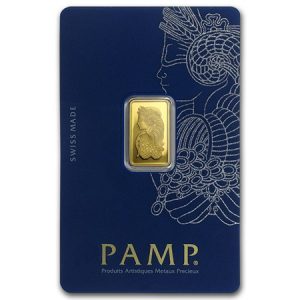Jim Rohn is an American entrepreneur as well as a motivational speaker, and he once famously stated, “there is a great war between good and evil. There is a war on and the minute you were born you got involved in the war, between good and evil, between darkness and light, between negative and positive, between tyranny and democracy, between weeds and human activity – I mean the WAR is on. And if good does not arouse itself and become active, guess what moves in? Evil. It’s a war.”
While that quote is unrelated as Jim was obviously not speaking about Diwali, at its core, that quote represents what the 5-day Festival of Lights (Diwali) is all about; the conquering of darkness and triumph of light. Due to multiple religions being involved in the celebration that will captivate nearly all of India and many others around the world who celebrate – you will likely hear a couple different versions of why this festival started in the first place.
First off, the dates of the festival are based on the Hindu lunar calendar – with day one representing the first day of the financial New Year, hence why gold plays such an important role during this time. However, as mentioned previously, each religion that observes this festival celebrates a slightly different origin story of Diwali, with each of them holding the same theme of good conquering evil.
In Hinduism, there are many stories that circulate, but all of them are epic tales of victory won by men considered to be incarnations of the Hindu God Vishnu, whose role is to restore the balance between good and evil in times of trouble.
In Northern India, Diwali represents Prince Rama’s triumphant return to the city of Ayodhya after 14 years of exile and after a heroic rescue of his wife Sita, who is said to be an incarnation of the goddess Lakshmi, who represents wealth and good fortune.
In South India, Diwali represents the victory had by Lord Krishna over the demon king Narakasura, who had enslaved 16,000 women in his palace.
In Western India, Diwali celebrates the day Vishnu banned King Bali whose power was beginning to threaten that of the Gods.
Then when it comes to Sikhs, Jains, and Buddhists – there are three more slight variations to the festival. For Sikhs, it represents the release of 17th-century guru Hargobind after being imprisoned for 12 years. For Jains, Diwali is the day that Lord Mahavira (the last of the great Jain teachers) reached nirvana. Then lastly, for Buddhists, Diwali is the day Hindu Emperor Ashoka, a third-century ruler, converted to Buddhism.
Although, each religion has a varying story as to why the Festival of Lights is of the utmost importance to them – one thing that is a shared commonality amongst many of the festivals observers is that it is a time to honour the goddess of wealth and good fortune, Lakshmi. It should then come to no surprise that gold plays a huge role during this 5-day period and the preceding weeks leading up to it as those participating look to either change their poor financial fortune or to preserve good financial fortune into the new financial year.
Often, due to this rush for gold on such a large scale – Diwali can represent a near-term bottom in the price of gold as demand begins to soar with the Indian culture moving right from the Festival of Lights into wedding season where gold is also of immense importance. With this festival alone being enough to drive India into a back and forth battle with China as the #1 importer of gold in the world, the current financial chaos that is surrounding this time of year will only add to the demand for physical metal as a store of value.
You can see this not only in gold, but in silver, as well. In a shocking turn for a culture that prioritizes gold – India is set to triple its silver imports from last year with CEO of Amrapali Group Gurjarat, a leading silver importer in the country, saying “investors are anticipating poor man’s gold will beat gold in coming years.” It is clear while the Indian culture LOVES golden jewellery, they are also rapidly moving toward silver as an investment with India’s imports surging from just 110 tonnes of silver in the first 7-8 months of 2021, to over 5100 tonnes in the first 7-8 months of 2022 – an increase of over 4500%.
While that number is already staggering, it is set to climb even higher as the projected total for silver imports this year in India is set at over 8000 tonnes – almost double what has already been imported. If you do not want to miss the rush that is clearly taking place behind the scenes, but you would also like to participate in the Festival of Lights (Diwali) to help encourage positive fortune in your future, below you will find a pair of Diwali themed gold and silver pieces.
 Hi,
Hi,















